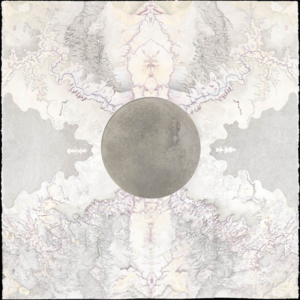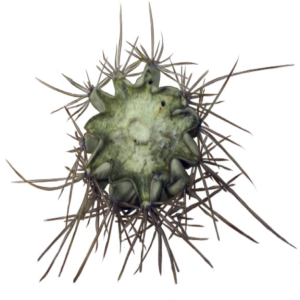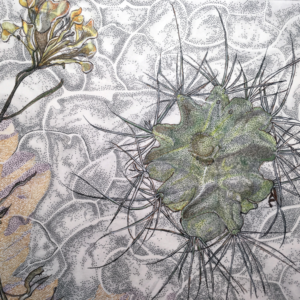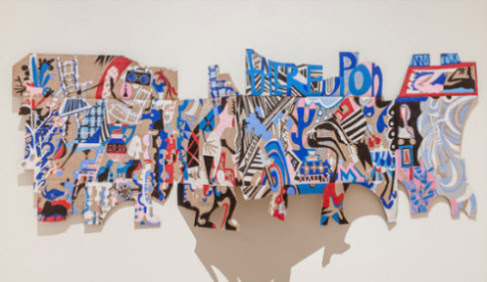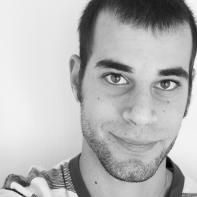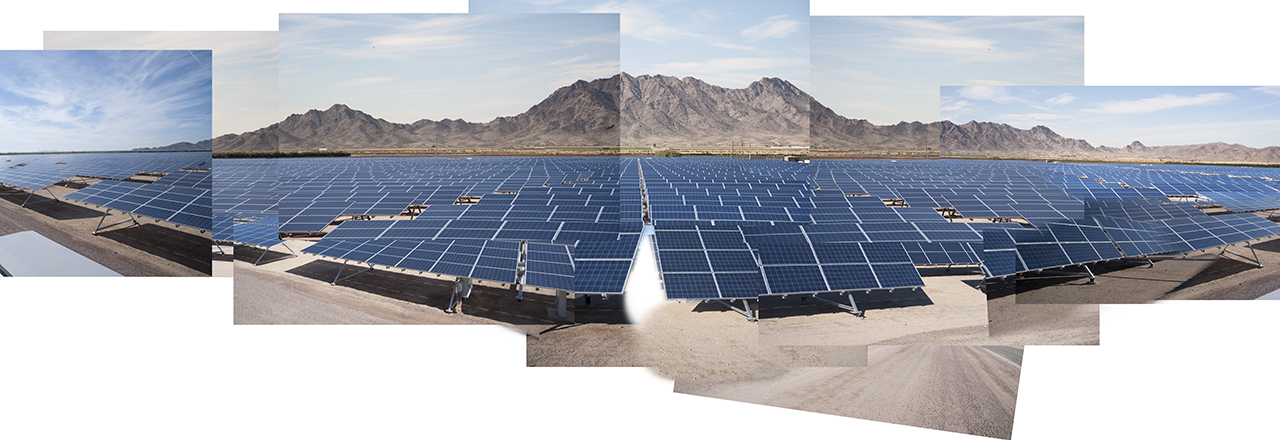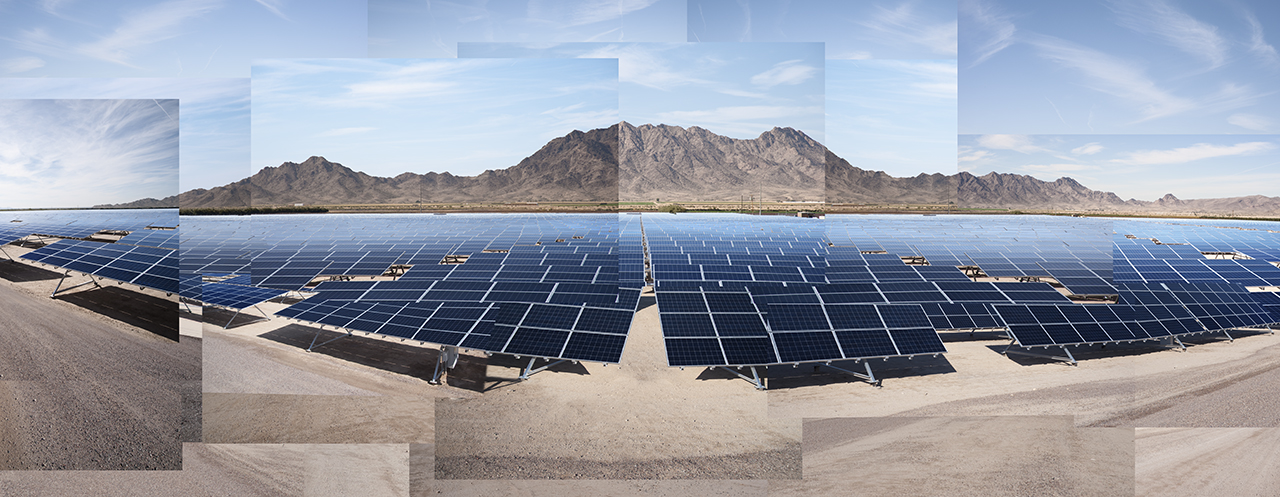Superstition Review is sad to share that Four Chambers Press is closing. Please join us in thanking this group for their strong support of the local literary community by attending the Four Chambers’ Final Farewell, “Our Hearts Go Out to You.”

A note from Four Chambers Press:
After five years of pumping literary blood through our local community, Four Chambers officially flatlined in January, 2019. But even though we’re gone, our stories and poems live on in you. Please. We don’t want your money. We just want your love. Let us give you a piece of our heart.
Join us on Sunday, May 19th from 4 to 6 pm at Changing Hands Phoenix and help us finally put this thing to rest. We have 1,000 books and artwork that we would like to give away for free. Maybe they’ll find a home on your coffee table, or in your bathroom, or your classroom, or your child’s Christmas stockings. Who knows. Wherever it may be, we hope Four Chambers can occupy a space in your life and the life of Phoenix as we all continue to work, collaborate, and create in the ever-growing Phoenix literary community. (There will also be a short reading at 5:30.) We’re so grateful to have been a part of it. We hope to see you there.
**If you are a local creative writing or literature professor or instructor and would like a specific Four Chambers title in bulk, please email kelsey.fcp@gmail.com for availability and reservation.
Event Information:
Day: Sunday, May 19
Time: 4 to 6 p.m.
Location: Changing Hands Bookstore, 300 W. Camelback Rd., Suite 1, Phoenix
 Past contributor Sarah Pape is the managing editor at the literary journal Watershed Review. The journal recently launched it’s spring issue for 2017 which features some impressive fiction, poetry, and artwork. The journal was founded in 1977 and operates out of California State University, Chico. Check out Watershed Review online
Past contributor Sarah Pape is the managing editor at the literary journal Watershed Review. The journal recently launched it’s spring issue for 2017 which features some impressive fiction, poetry, and artwork. The journal was founded in 1977 and operates out of California State University, Chico. Check out Watershed Review online 

